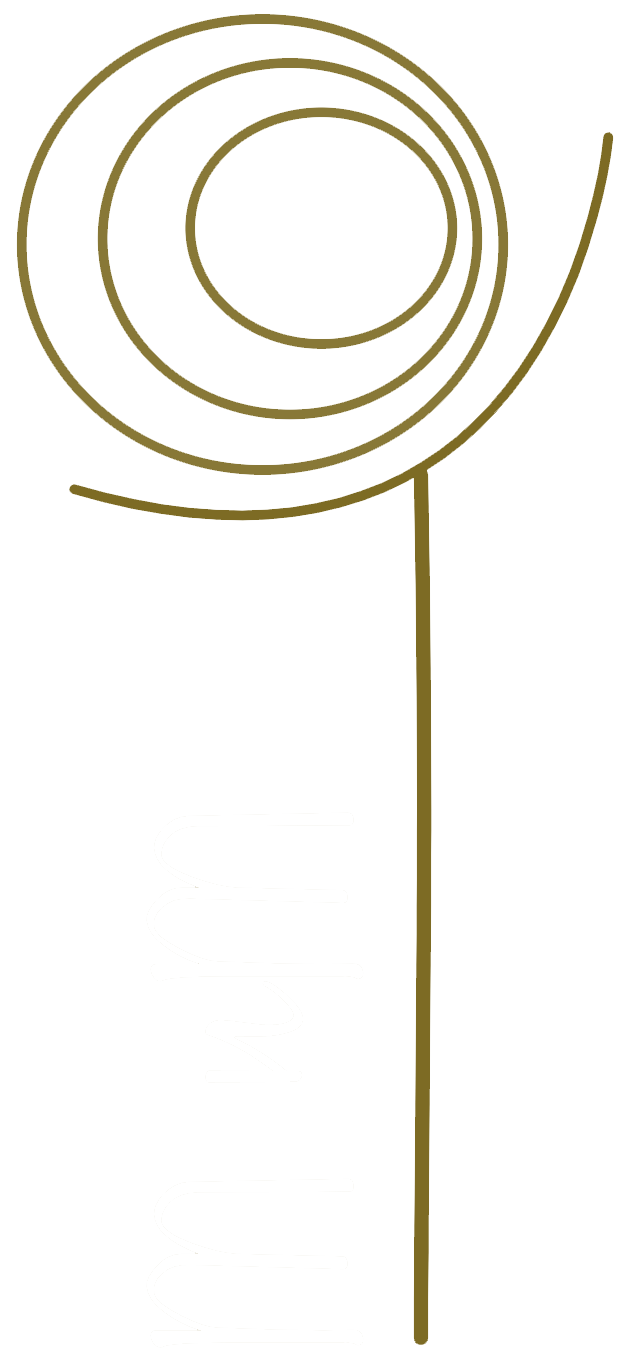Content

Income Equality – This is one of the biggest pros that progressive tax advocates promote. A progressive tax system really acts as a tool for redistributing income from the upper class to the lower and middle class. This helps keeps the income gap from growing wider between the rich and the poor. It is important to note that progressive tax can come in other forms, such as estate taxes or luxury taxes on goods. As a note, you could also consider the Social Security tax to be a regressive one. The Social Security tax only applies to income of $147,000 or less as of 2022.
A proportionate tax, whereby everyone pays the same percent of income, would take more from the rich person than from the poor person. Even a regressive tax, with everyone paying 25 percent on the first $20,000 of income, and 10 percent on all additional income, would take more from the rich than from the poor. Yet under other assumptions about sacrifice, a steeply progressive tax system is appropriate. In the United States, especially, high-income individuals don’t benefit from many of the social welfare programs that their tax dollars help to pay for, so progressive taxes face criticism as a type of unfair income redistribution. Critics also argue that a progressive tax system disincentivizes hard work and success since, it results in people paying a higher tax rate as their income increases. Not only do progressive income taxes allow low earners to keep more of their income, but income taxes also go to pay for many programs that help lower-income individuals financially.
Will the government increase national insurance to pay for social care?
Overall, state excise taxes on items such as gasoline, cigarettes and beer take about 1.7 percent of the poorest families’ income, 0.8 percent of middle-income families’ income, and just 0.1 what is a progressive tax percent of the income of the very best-off. In other words, these excise taxes are 17 times harder on the poor than the rich, and 8 times harder on middle-income families than the rich.

In the case of the federal government, it refers to the total amount of income generated from taxes, which remains unfiltered https://www.bookstime.com/ from any deductions. The Property Tax Model analyzes revenue yield and incidence of current state and local property taxes.
Early examples
All tax schemes can be characterized as either progressive or regressive. The 10 states with the highest taxes on the poor are Arizona, Florida, Hawaii, Illinois, Indiana, Iowa, Oklahoma, Pennsylvania, Texas, and Washington. Six of these are also among the “Terrible 10” because they are not only high-tax for the poorest, they are also low-tax for their richest residents.
- Those that have very little income should be helped out by those who can afford to help.
- But this doesn’t mean that all your income is taxed at that rate, as there’s a difference between a marginal tax rate and an effective tax rate.
- Let’s say you have adjusted gross income of $15,000 and no non-refundable credits.
- Third, the progressivity of the tax structure cannot be judged by looking at only one component of taxes.
